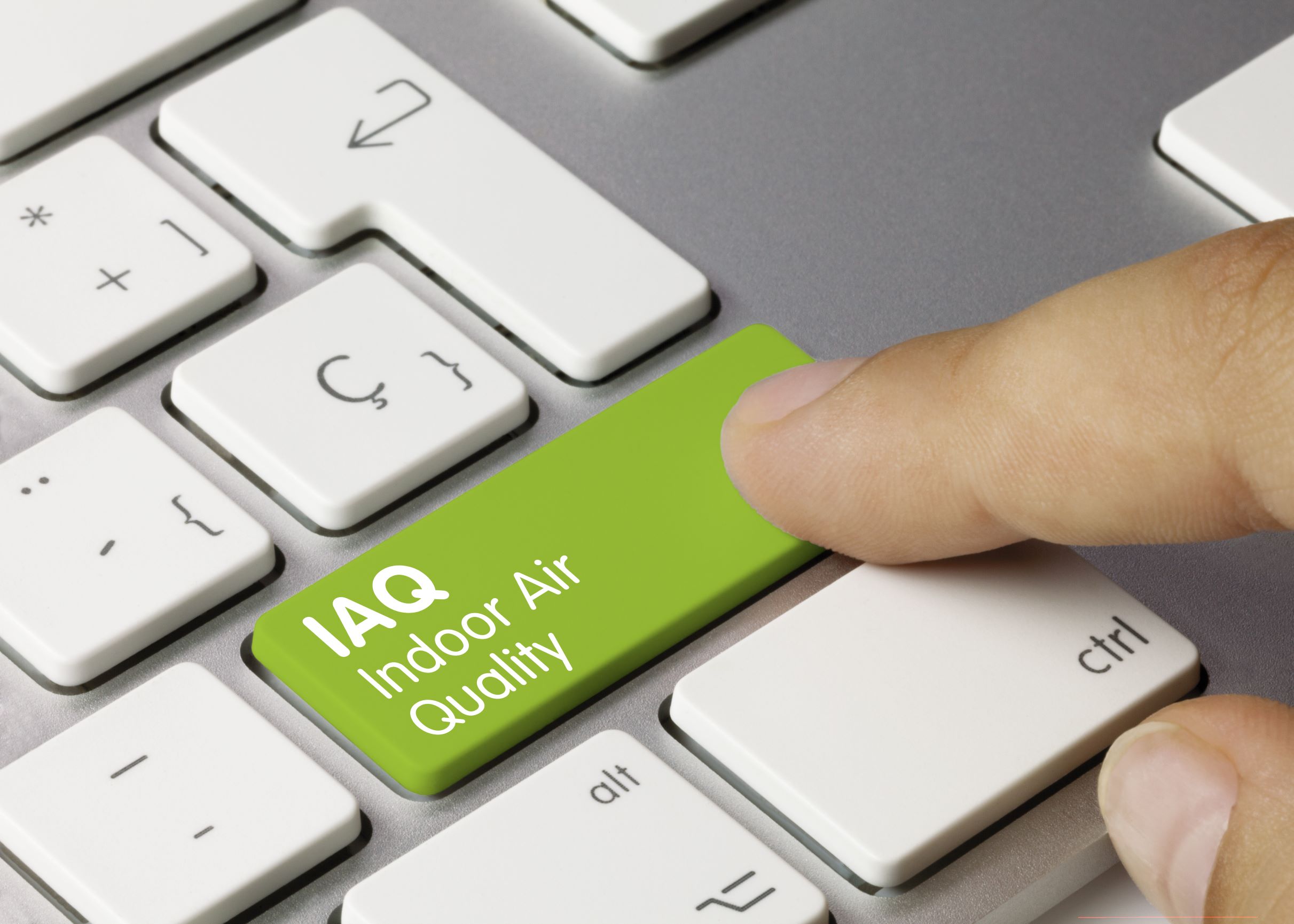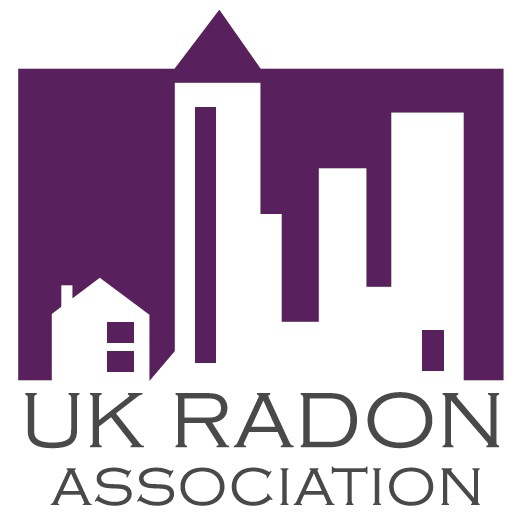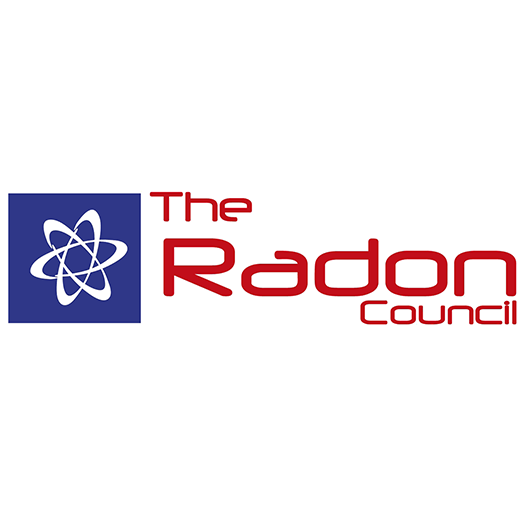There is increasing global awareness of the detrimental health risks posed by radon exposure. Every day the issue gains more attention. New legislations are being introduced across the world to tackle the issue, and measuring instruments are being enhanced to attain better results. But the question remains, what is the best way of measuring radon levels in the home or at the workplace.
Radon gas is the second leading cause of lung cancer with recent studies demonstrating that a significant number of lung cancer cases are due to radon gas exposure. To this end, the current EURATOM BSS Directive has enforced the monitoring of radon gas exposure at workplaces. EU member states must now have radon action plans in place and this process should be part of national legislation. On the other side of the Atlantic, countries like the US and Canada have introduced excellent policies to reduce radon exposure.
A common question is whether you need to measure in the first place. For example, radon maps are widely available. These are representations of the risk of having specific levels of radon gas exposure in specific areas. These maps are available at both a national and regional level. However, we must bear in mind that maps are statistical tools. They are based on risk models that use the available data. Unfortunately, in most cases, data sets are minimal. Radon maps are valuable tools for policymakers to design radon policies, but we should never use a radon map to assess the risk of having elevated radon levels in a particular building (whether that is a home or workplace).
The only way to fully understand your radon level risk is by conducting a radon test.
Another question…how can we measure radon? There are many methods classified as active and passive. Regardless of the type of measurement you choose, make sure that you choose a fully qualified, professional service. Best practice would be to choose an accredited radon measurement service according to the ISO standard 17025.
Finally, what happens when we find elevated radon levels in a testing location? Make sure you always use a professional service that will provide you with expert advice on how to remediate the issue. Moreover, it is easier and cheaper to fix the radon problem during the construction phase. If you do that, you need to measure radon levels in the soil to evaluate the radon potential in your area. There are instruments and passive detectors to do this type of measurement.
Contact us if you have any further questions, and do not forget to test your property or workplace for radon gas. Make sure you’re breathing air with low radon concentration!








